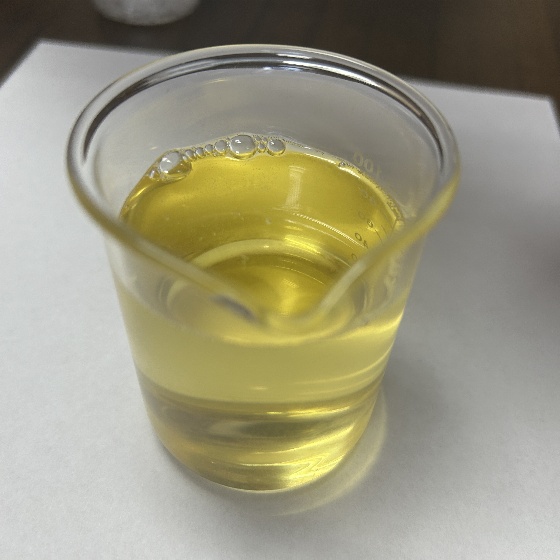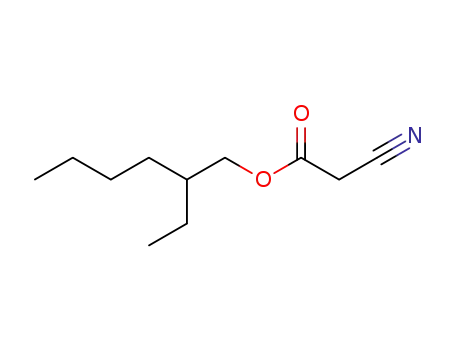Your Location:Home > Products > Catalysts and Additives > Octocrilene


CasNo: 6197-30-4
MF: C24H27NO2
Appearance: Yellow viscous liquid
|
Uses |
Octocrylene is a common UV absorber. It is widely used in sunscreen products and can effectively absorb UV rays, reduce UV damage to the skin, and reduce the risk of sunburn and tanning. Octocrylene has good stability and compatibility and is often used in combination with other sunscreen ingredients to provide more comprehensive sun protection. It is usually prepared by chemical synthesis. For example, in many sunscreens and sunscreen sprays, octocrylene is an important component to help people protect against UV rays when they are outdoors. |
|
Air & Water Reactions |
Insoluble in water. |
|
Fire Hazard |
Flash point data for Octocrilene are not available. Octocrilene is probably combustible. |
|
Flammability and Explosibility |
Nonflammable |
|
Contact allergens |
Octocrylene is an anti-UVB filter used in cosmetics that may induce photoallergic contact dermatitis. |
|
Safety Profile |
Low toxicity by ingestion. Whenheated to decomposition it emits toxic vapors of NOx. |
|
Definition |
ChEBI: Octocrylene is a diarylmethane. It is an ester formed by the condensation of a diphenylcyanoacrylate with 2-ethylhexanol, used in sunscreens and cosmetics. |
|
General Description |
Yellow viscous liquid. Insoluble in water. Octocrylene is a new emerging photoallergen. |
InChI:InChI=1/C24H27NO2/c1-3-5-12-19(4-2)18-27-24(26)22(17-25)23(20-13-8-6-9-14-20)21-15-10-7-11-16-21/h6-11,13-16,19H,3-5,12,18H2,1-2H3
The available data show that octocrylene does not have any endocrine disruption potential. It is a rare sensitizer, photocontact allergy is more frequent and it is considered consecutive to photosensitization to ketoprofen. Based on these results, octocrylene can be considered as safe when used as a UV filter in cosmetic products at a concentration up to 10%.
Octocrylene generates benzophenone through a retro-aldol condensation. In vivo, up to 70% of the benzophenone in these sunscreen products may be absorbed through the skin. U.S. FDA has established a zero tolerance for benzophenone as a food additive. In the United States, there were 2999 SPF products containing octocrylene in 2019. The safety of octocrylene as a benzophenone generator in SPF or any consumer products should be expeditiously reviewed by regulatory agencies.
The present invention relates to a novel...

benzophenone


2'-ethylhexyl cyanoacetate


octocrylene
| Conditions | Yield |
|---|---|
|
With ammonium acetate; acetic acid; In water; at 85 - 90 ℃; for 16h; under 400 - 420 Torr; Reagent/catalyst;
|
76.3% |
|
With propionic acid; ammonium acetate; In n-heptane; at 110 ℃; for 5h; under 760.051 Torr; Product distribution / selectivity;
|
66.18% |

2-Ethylhexyl alcohol


etocrylene


octocrylene
| Conditions | Yield |
|---|---|
|
In sodium carbonate;
|
99.8% |
|
With sodium methylate; In toluene; for 8h; Reflux;
|
144.3 g |

2-Ethylhexyl alcohol

etocrylene

benzophenone

2'-ethylhexyl cyanoacetate

etocrylene

2-cyano-3,3-diphenylacrylic acid